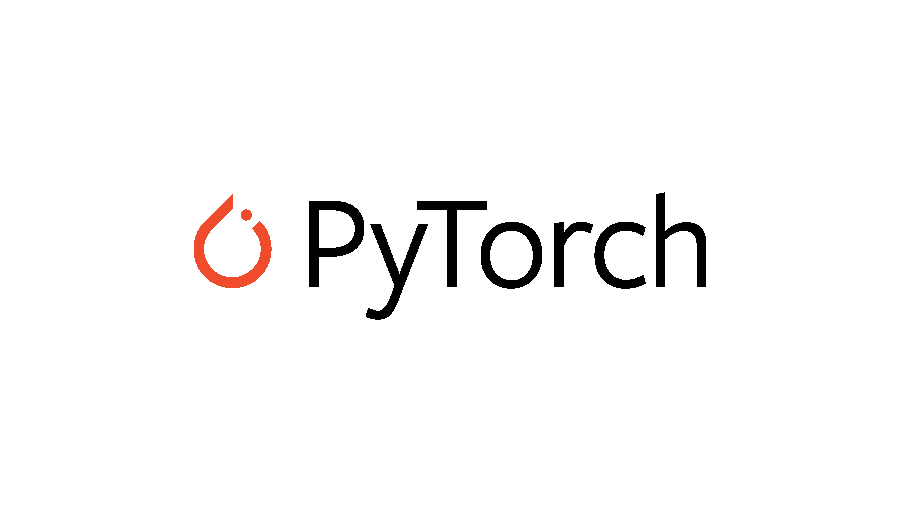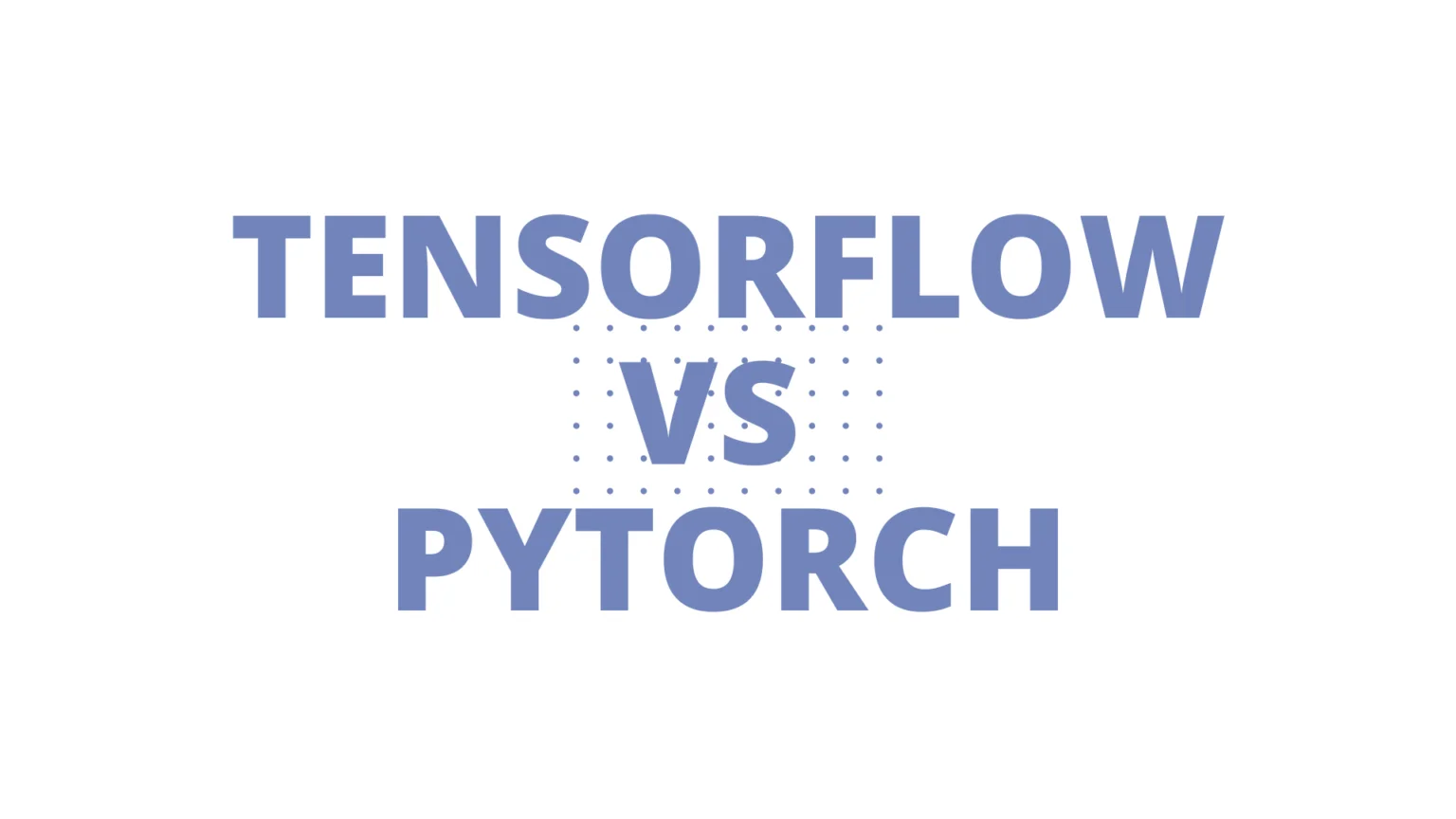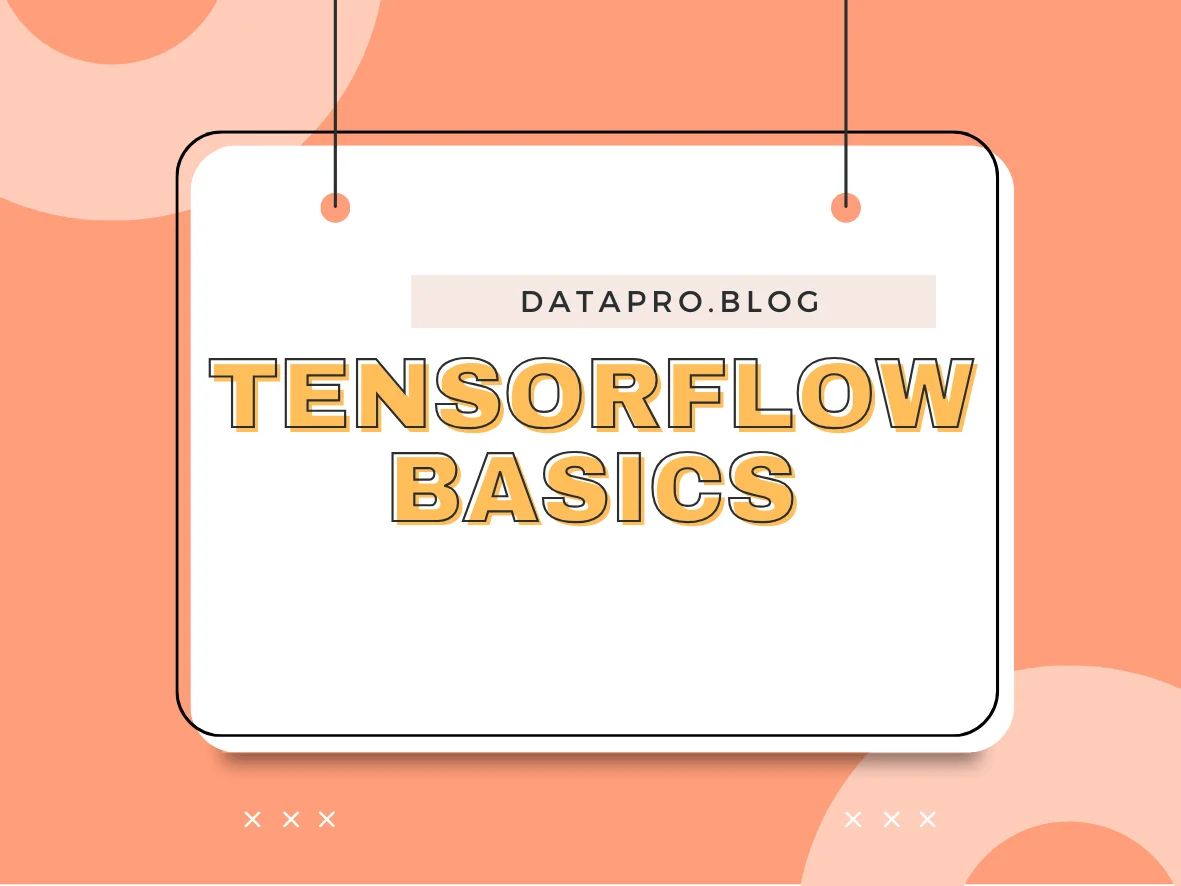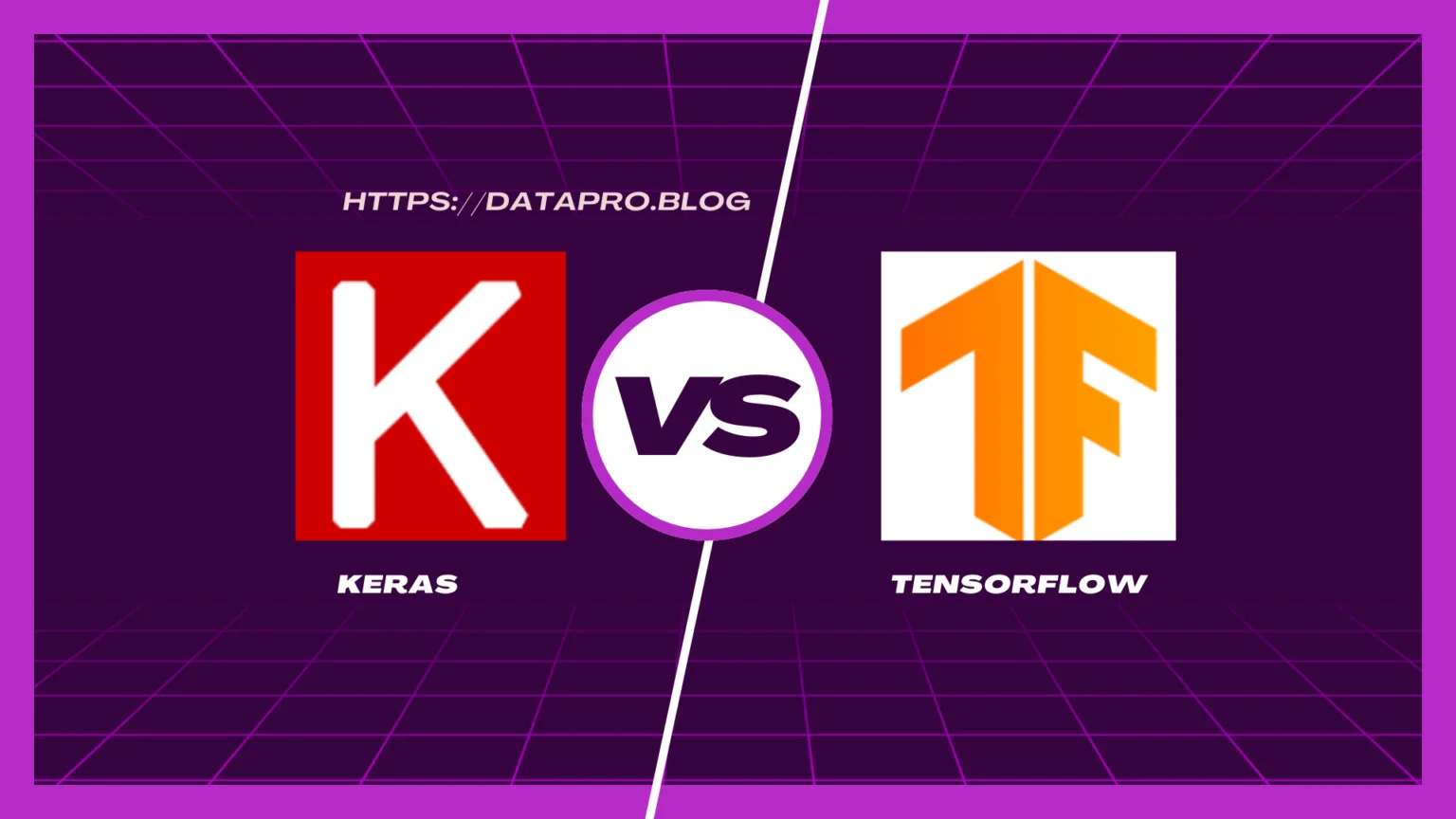The rise of deep learning has been nothing short of revolutionary. This powerful branch of artificial intelligence has transformed diverse fields, from healthcare and finance to robotics and self-driving cars. At the heart of this revolution lies the critical role of deep learning frameworks. These software platforms provide the tools and infrastructure necessary to build, train, and deploy deep learning models.
Among the leading contenders in this arena are Tensorflow and Pytorch, each with its own unique strengths and weaknesses.
This article delves into Tensorflow vs Pytorch, exploring their key differences and helping you determine which framework might best fit your needs.
Table of Contents
Understanding TensorFlow
TensorFlow: A Powerful Open-Source Deep Learning Library

TensorFlow stands as a prominent open-source library designed for a wide range of machine learning and deep learning tasks. Developed by Google, this highly versatile tool boasts extensive capabilities, making it a popular choice for research and development as well as production environments.
Focus on Production and Scalability
One of the defining characteristics of TensorFlow is its emphasis on production-ready applications and scalability. This focus is evident in its robust architecture and support for deploying models on diverse platforms, ranging from cloud environments to mobile devices. Whether you’re building large-scale language models or deploying real-time computer vision applications, TensorFlow provides the foundation for achieving scalability and reliability.
Static Computation Graph
TensorFlow utilizes a static computation graph, which requires users to explicitly define the flow of data and operations within the model. While this approach might initially seem less intuitive compared to the dynamic graphs used by other frameworks, it offers several advantages. Static graphs enable optimization techniques that enhance performance and efficiency, making them particularly well-suited for production deployments.
Here are some key points to remember about TensorFlow:
- Open-source and free to use: This makes it accessible to a wide range of users, from individual researchers to large organizations.
- Extensive capabilities: TensorFlow provides a comprehensive set of tools and functionalities for various machine learning and deep learning tasks.
- Focus on production: The framework is designed to be robust and scalable, making it ideal for deploying models in real-world applications.
- Static computation graph: This requires an explicit definition of data flow but offers advantages in optimization and performance.
Exploring PyTorch: The Dynamic Deep Learning Framework

PyTorch, another highly influential open-source framework, offers a compelling alternative to TensorFlow in the realm of deep learning. Its core design philosophy revolves around providing a high-level, user-friendly interface while retaining the power and flexibility required for advanced deep learning tasks.
Ease of Use and Flexibility
One of the most distinguishing features of PyTorch is its emphasis on ease of use and flexibility. The framework adopts a Python-like syntax, making it readily accessible to developers familiar with the language. This intuitive approach significantly lowers the barrier to entry, allowing users to dive into deep learning without encountering a steep learning curve.
Furthermore, PyTorch’s modular design fosters flexibility and customization. Its building blocks are loosely coupled, allowing users to easily swap out components and experiment with different architectures. This modularity empowers developers to tailor the framework to their specific needs and tackle unique challenges.
Dynamic Computation Graph
In contrast to TensorFlow’s static graph, PyTorch utilizes a dynamic computation graph. This means that the data flow and operations within the model are automatically defined as the code is executed. This dynamic nature offers several advantages, including:
- Rapid prototyping: The ability to dynamically modify the model during development enables faster exploration and experimentation.
- Intuitive model creation: Defining the model follows a more natural flow, mirroring the logic of the code itself.
- Debugging simplicity: Issues can be readily identified and addressed by investigating the code execution step-by-step.
Here are some key takeaways about PyTorch:
- Open-source and free to use: Similar to TensorFlow, PyTorch offers open access, making it an accessible tool for individuals and organizations.
- High-level and user-friendly: The framework prioritizes ease of use, making it ideal for beginners and experienced developers alike.
- Python-like syntax: Familiarity with Python translates directly to PyTorch, minimizing the learning curve.
- Dynamic computation graph: This approach facilitates rapid prototyping, intuitive model creation, and straightforward debugging.
By now, we have gained a basic understanding of both TensorFlow and PyTorch. In the subsequent section, we will delve deeper into their key differences, providing you with a comprehensive comparison to guide your choice of the best framework for your specific needs.
Key Points of Comparison: TensorFlow vs PyTorch
Choosing the right deep learning framework depends on several factors, and understanding the key differences between TensorFlow and PyTorch is crucial. Here’s a table summarizing their main points of comparison:
| Feature | TensorFlow | PyTorch |
|---|---|---|
| Level of abstraction | Low-level | High-level |
| Computation graph | Static | Dynamic |
| Ease of use | Relatively complex | Easier to learn |
| Community | Larger and active | Growing quickly |
| Research and Development | Strong focus on research | Strong focus on industrial applications |
Let’s delve deeper into each point
Level of Abstraction
- TensorFlow: Offers a low-level API, requiring an explicit definition of data flow and operations. This approach provides greater control but requires a steeper learning curve.
- PyTorch: Implements a high-level API with a Python-like syntax, making it more user-friendly and easier to learn for beginners. However, it offers less control over low-level details.
Computation Graph
- TensorFlow: Employs a static computation graph, defined before execution. This allows for efficient optimization and performance but limits flexibility and iterative development.
- PyTorch: Utilizes a dynamic computation graph, which is built and executed simultaneously. This enables rapid prototyping and debugging but potentially sacrifices some performance compared to static graphs.
Ease of Use
- TensorFlow: Due to its low-level nature and complex API, TensorFlow requires a deeper understanding of deep learning concepts and can be more challenging to learn.
- PyTorch: With its intuitive Python-like syntax and high-level abstraction, PyTorch offers a smoother learning curve and is easier for beginners to pick up.
Community
- TensorFlow: Boasts a larger and more active community, offering extensive resources and tutorials.
- PyTorch: While still growing, the PyTorch community is rapidly expanding and provides strong support through forums and online resources.
Research and Development
- TensorFlow: Enjoys widespread adoption in the industrial sector due to its focus on practical applications and ease of deployment.
- PyTorch: Maintains a strong focus on research, making it a popular choice for academic institutions and research labs.
Choosing the Right Deep Learning Framework: TensorFlow vs. PyTorch
With a clear understanding of the key differences between TensorFlow and PyTorch, let’s delve into the factors you should consider when choosing the right framework for your project:
Project Size and Complexity
- TensorFlow: Its scalability and performance make it suitable for large-scale projects with complex models requiring high computational power.
- PyTorch: For smaller projects or those with simpler models, the ease of use and rapid prototyping capabilities of PyTorch might be more valuable.
Performance Requirements
- TensorFlow: With its static computation graph and optimized libraries, TensorFlow generally offers superior performance, especially for large models and computationally intensive tasks.
- PyTorch: While capable of achieving high performance, PyTorch’s dynamic graph can sometimes lead to slightly lower performance compared to TensorFlow for identical models.
Development Team Expertise
- TensorFlow: If your team has experience with low-level APIs and deep learning concepts, TensorFlow offers greater control and flexibility.
- PyTorch: For teams with limited deep learning experience or those accustomed to Python, PyTorch’s ease of use and Python-like syntax can significantly reduce the learning curve.
Prior Experience with the Frameworks
- TensorFlow: If your team has prior experience working with TensorFlow, leveraging existing knowledge and resources can be a significant advantage.
- PyTorch: If you’re starting afresh or have experience with PyTorch in other contexts, choosing this framework can simplify development and leverage existing skills.
Here are some specific recommendations for choosing between TensorFlow and PyTorch
Choose TensorFlow if:
- You are working on large-scale projects with complex models requiring high performance.
- Your priority is production deployment and scalability.
- You are building a team with deep learning expertise comfortable with low-level APIs.
- Your team has prior experience with TensorFlow and existing resources.
Choose PyTorch if:
- You are focused on rapid prototyping and experimentation with different model architectures.
- You need to build flexible and dynamic models that can be easily modified and adapted.
- You are working on research and development projects requiring custom architectures.
- Your team is new to deep learning or more comfortable working with Python-like syntax.
Ultimately, the best framework for your project depends on your specific needs and priorities. Weighing the factors discussed above and considering your team’s expertise and experience will help you make an informed decision that sets your project up for success.
Harnessing the Power of Both: Combining TensorFlow and PyTorch
While TensorFlow and PyTorch often stand as rivals in the deep learning landscape, their contrasting strengths and weaknesses create a compelling opportunity for collaboration. By strategically combining both frameworks, developers can unlock a potent blend of performance, flexibility, and ease of use, ultimately pushing the boundaries of what’s possible in deep learning.
Scenarios for Combining TensorFlow and PyTorch
Several potential scenarios showcase the advantages of utilizing both frameworks:
1. Model Development and Training
- Leverage PyTorch’s dynamic graph for rapid prototyping and experimentation with diverse model architectures.
- Once a promising architecture emerges, utilize TensorFlow’s static graph and performance optimization capabilities for efficient training and deployment.
2. Flexible and Modular System Design
- Build core components of your system with TensorFlow, leveraging its scalability and production-ready features.
- Develop specific modules requiring dynamic model manipulation or experimentation with PyTorch, allowing for rapid adaptation and integration.
3. Leveraging Diverse Libraries and Resources
- Access TensorFlow’s robust ecosystem of libraries and tools for specific tasks like computer vision or natural language processing.
- Utilize PyTorch’s thriving community and growing library of research-oriented models for cutting-edge advancements.
4. Bridging the Gap between Research and Production
- Explore and develop novel deep learning architectures using PyTorch’s research-centric features.
- Integrate and refine these architectures for production deployment by utilizing TensorFlow’s scalability and deployment tools.
5. Collaboration and Knowledge Sharing
- Foster collaboration within diverse teams by leveraging expertise in both frameworks.
- Share knowledge and models between teams working with different frameworks, promoting cross-pollination of ideas.
Benefits of Combining TensorFlow and PyTorch
- Enhanced Performance and Scalability: Combining the strengths of both frameworks can unlock new levels of performance and scalability for complex models.
- Increased Flexibility and Adaptability: The ability to seamlessly switch between dynamic and static graphs empowers rapid development and flexible model iteration.
- Wider Access to Tools and Resources: By leveraging both ecosystems, developers gain access to a comprehensive set of tools and resources, furthering their deep learning capabilities.
- Streamlined Research and Production Integration: The combined approach facilitates the transition of research-driven models into production-ready applications.
Challenges of Combining TensorFlow and PyTorch
- Increased complexity: Managing and integrating two separate frameworks can introduce additional complexity to the development process.
- Interoperability limitations: While some progress has been made, seamlessly converting models between TensorFlow and PyTorch remains challenging.
- Team expertise and training: Utilizing both frameworks effectively requires expertise in both and may necessitate additional training for developers.
Conclusion
While TensorFlow and PyTorch might often appear as competing forces, recognizing their complementary strengths can unlock a world of possibilities. By strategically combining these two powerful frameworks, developers can achieve remarkable results, pushing the boundaries of deep learning and creating innovative solutions to complex problems. However, it is crucial to carefully consider the potential challenges and ensure adequate team expertise to effectively harness the power of this unique combination.
Also read: Keras vs TensorFlow: What’s Best in 2024? – DataPro
Frequently Asked Questions
Which framework is better, TensorFlow or PyTorch?
There is no single “better” framework. Both TensorFlow and PyTorch have their own strengths and weaknesses, and the best choice for you will depend on your specific needs and priorities.
When should I use TensorFlow?
TensorFlow is a good choice for large-scale projects requiring high performance, production deployment, and custom architectures.
When should I use PyTorch?
PyTorch is a good choice for rapid prototyping, building flexible and dynamic models, and projects requiring ease of use and learning.
Can I use both TensorFlow and PyTorch together?
Yes, you can use both TensorFlow and PyTorch together. This can be beneficial for projects that require the strengths of both frameworks. However, it can also add complexity to your development process.
What are some resources for learning more about TensorFlow and PyTorch?
There are many resources available for learning more about TensorFlow and PyTorch. Some popular options include:
- TensorFlow website: https://www.tensorflow.org/
- PyTorch website: https://pytorch.org/
- TensorFlow tutorials: https://www.tensorflow.org/tutorials
- PyTorch tutorials: https://pytorch.org/tutorials/
- Books: “Deep Learning with Python” by François Chollet, “Hands-On Machine Learning with Scikit-Learn, Keras & TensorFlow” by Aurélien Géron.




